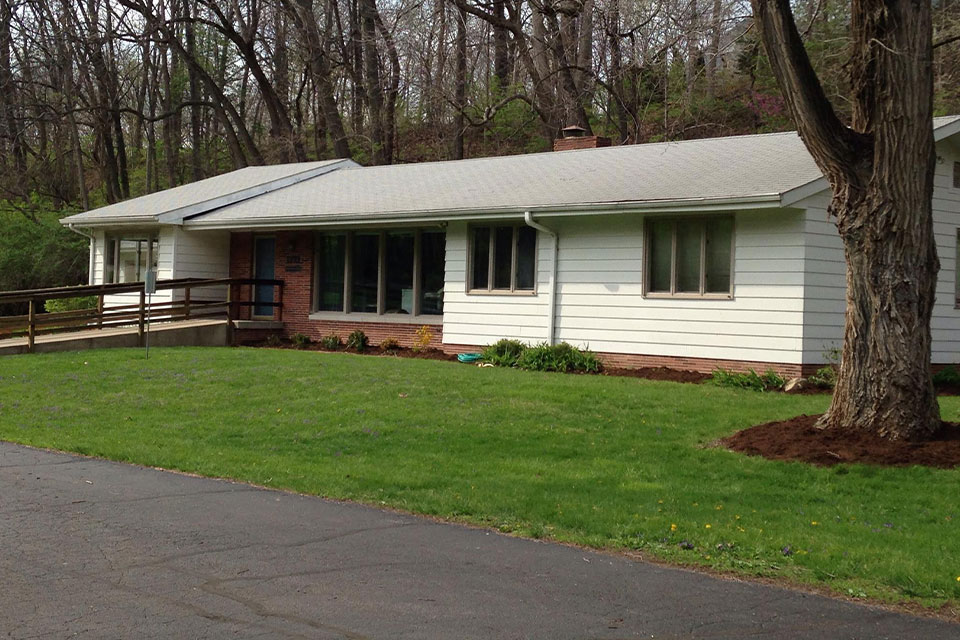Please note, we are not a Medicaid provider
Please note, we are not a Medicaid provider
Established patient emergency contact for after-hours call: (765) 838-3864


You would be hard-pressed to find more than a few people whose teeth don’t have some extent of tooth decay. Commonly known as cavities or caries, it’s prevalent around the world. While no one’s natural teeth are exempt from tooth decay, you can take action to prevent cavities.
The office of Jill A. Adams, DDS provides detailed information about your treatment options and any other relevant details, which empowers you to make informed decisions about your oral health. Our team prioritizes preventive care to help you maintain optimal oral health and avoid potential dental issues.
The origin of tooth decay
Caries starts with food and bacteria. Plaque is a sticky substance that constantly forms on your teeth and gums. Plaque bacteria feast on the sugar in food and turn it into acid that attacks your teeth. If left there long enough, the acid starts to attack the outer hard enamel and keeps going through all of its other layers. Tooth pain or sensitivity may not show up until the decay has demineralized the enamel and reached the dentin layer, which is under the enamel and can become hypersensitive to hot or cold foods and beverages.
When the decay has eaten away at the dentin, you will need a filling. If you don’t get a filling, the bacteria could reach the pulp, infect it and cause the need for root canal therapy to treat the infection and stop the decay. The worst-case scenario: The decay is so advanced that it sparks a tooth abscess and, perhaps, the need to extract the tooth.
Stop decaybefore it starts.
Brush your teeth at least twice a day, with the final session being right before you get in bed for the night. Give extra attention to your molars; their surfaces aren’t as easily reachable as your front teeth. Use a toothpaste with fluoride and floss daily.
If you want to “go the extra mile,” use a water irrigator after the string floss. The water will spray away the food particles that the string floss loosened, as well as get into the nooks and crannies that the string floss couldn’t access.
Most importantly, see a dentist at least twice a year for cleanings and checkups. Join the ranks of the patients who have experienced the excellence of care at the office of Jill A. Adams, DDS. Our team is dedicated to educating patients about effective protective measures. Please call us today for an appointment.
